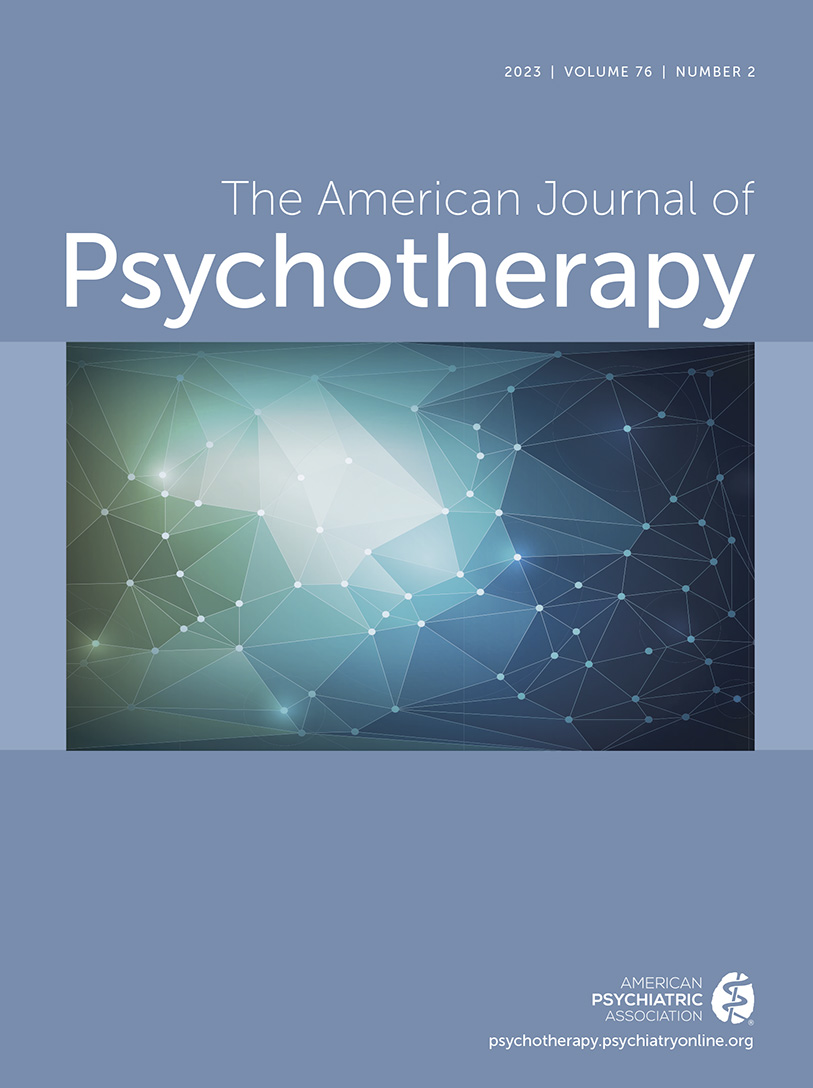The Practitioner’s Guide to the Science of Psychotherapy
by Richard Hill and Matthew Dahlitz; New York City, Norton, 2022, 432 pages

It is both a challenging and exciting time for the field of psychotherapy. Since the onset of the COVID-19 pandemic, the need for psychotherapeutic services has never been greater, resulting in more referrals, longer waiting lists, and frequent inability of service providers to meet demand. Meanwhile, the field continues to subdivide into specific therapeutic modalities—each with its own claims of efficacy and scientific support. Faced with overwhelming demand, varying ideologic schools of practice, and increasing scientific scrutiny of therapeutic modalities, practitioners at all levels of training may wonder whether they are using the best intervention for their patients’ specific needs. Fortunately, Richard Hill and Matthew Dahlitz attempt to address these challenges in their book The Practitioner’s Guide to the Science of Psychotherapy.
Both Hill and Dahlitz are practicing psychotherapists, authors of multiple psychotherapy texts, and editors of the magazine The Science of Psychotherapy. They note that The Practitioner’s Guide to the Science of Psychotherapy is not intended to be an encyclopedic text, nor is it a training manual. The contents and writing style are well suited to bring together a broad professional audience of practitioners with differing training backgrounds. To this end, the text is intended to be an educational touchstone for multiple disciplines that contribute to the modern conceptualization of “therapy.” The authors aptly reference John Godfrey Saxe’s poem “The Blind Men and the Elephant,” a retelling of an Indian parable in which each man observes one aspect of the elephant in isolation. Applying this metaphor to psychotherapy, the book acknowledges the validity of each theoretical background and then further calls for synthesis, instead of opposition, in order to achieve a fuller understanding of the person as a “complex system.”
Each chapter is devoted to one aspect of this complex system. The introductory section reviews fundamental principles and pragmatic information for the practice of therapy. Here, the authors describe the key therapeutic concepts of client resources, collaborative treatment planning, and the essential therapeutic alliance. Subsequent chapters review basic biologic, neurologic, and physiologic mechanisms underlying mental health. Chapter 1, titled “The Brain,” discusses neuroanatomy, neurophysiology, functional connectivity, and emergent emotions. Chapter 2, “The Body,” focuses on neurologic integration outside the brain, including the innervation of the gastrointestinal system, the connectivity of the vagus nerve, and how biologic feedback and trauma affect the complex system of the person. Chapter 3, “The Molecules of Mental Health,” includes discussion of the genetics, epigenetics, and genetic predisposition that contribute to mental illness. In these basic science chapters, clinical notes and example patient formulations deserve additional praise, because they integrate these basic science topics with the real-world client-therapist relationship.
The text then departs from basic science principles to cover diagnostics, interventions, and the future of therapy practice. The chapter “Disorders” describes diagnostic criteria for and phenomenology of common mental illnesses seen in clinical practice. The following chapter, “What the Experts Do,” gives illustrative examples of techniques currently used in practice, with particular emphasis on the diversity of psychopathologies and interventions. The final chapter, “Innovations for the 21st-Century Therapist,” highlights the mind-body connection and how this understanding, coupled with open-mindedness about varying therapeutic perspectives, can push the field forward. Building on the basic science chapters, the second half of the book focuses on psychotherapy implementation and concludes with the universal factors of effective intervention, including deliberate practice, self-evaluation, and client-centered treatment.
The Practitioner’s Guide to the Science of Psychotherapy nobly urges the field of psychotherapy to evolve beyond its divided theoretical schools of thought by emphasizing the conceptual ties between scientifically accepted biopsychosocial principles and the interconnectedness of the parts that constitute a person’s complex system. This theme of interdisciplinary unification is what is most impressive about the text. It invites therapists of differing backgrounds into a collaborative space where they can be united by the common cause of alleviating human suffering. This message is both hopeful and uplifting, especially given the dire need for therapeutic services amid the current mental health crisis. New and seasoned therapists alike will find the content to be relevant and will be encouraged to boldly embrace lifelong learning, dynamic curiosity, and targeted self-improvement.



